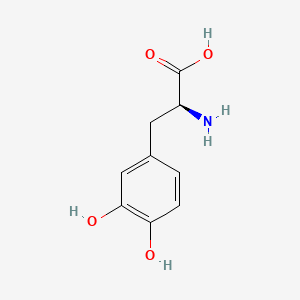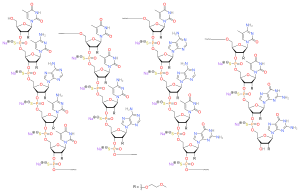
Nabriva Therapeutics plc (NASDAQ: NBRV), a clinical-stage biopharmaceutical company announced that the U.S. Food and Drug Administration (FDA) has accepted the New Drug Application (NDA) and granted a priority review for Contepo™ (fosfomycin for injection) to treat complicated urinary tract infections (cUTIs), including acute pyelonephritis. The acceptance of the NDA indicates that the FDA has deemed the application sufficiently complete to allow a substantive review. The PDUFA (Prescription Drug User Fee Act) goal date for the completion of the FDA’s review of the Contepo NDA is June 30, 2019. In addition to priority review, Contepo has been granted Qualified Infectious Disease Product (QIDP) and Fast Track designations by the FDA for the treatment of several serious infections, including cUTI.
“The acceptance of the Contepo NDA marks another major milestone for Nabriva Therapeutics, demonstrating our commitment to bring novel anti-infective agents that address the urgent, unmet medical need in patients with serious infections,” said Dr. Jennifer Schranz, chief medical officer of Nabriva Therapeutics. “Contepo, if approved in the United States, represents a first-in-class intravenous antibiotic with broad spectrum activity against Gram-negative and Gram-positive organisms, including ESBL-producing Enterobacteriaceae and other contemporary multi-drug resistant (MDR) organisms.”
The NDA submission is utilizing the 505(b)(2) regulatory pathway and is supported by a robust data package, including a pivotal Phase 2/3 clinical trial (known as ZEUS™), which met its primary endpoint of statistical non-inferiority to piperacillin/tazobactam in patients with cUTI, including acute pyelonephritis.
In the NDA acceptance letter, the FDA stated that no filing or potential review issues were identified. In addition, the Agency stated that it has not referred Contepo to an advisory committee meeting at this time.
Ref: https://www.rxlist.com/monurol-drug.htm#indications









